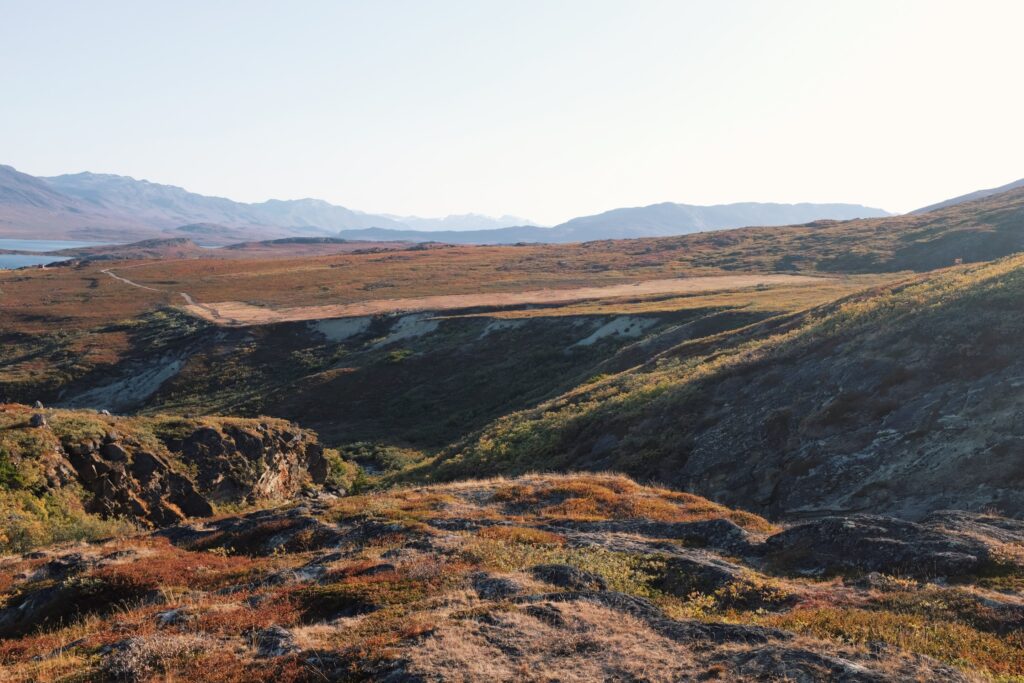Early Greenlanders Enjoyed a Varied Diet

A team of researchers affiliated with several institutions in Denmark and Greenland, working with another colleague from Australia, has found that early humans living in Greenland ate a much more varied diet than previously believed. The study is published in Nature Human Behavior.
Scientists studying the history of Greenland have often wondered how early humans could have survived in such a cold climate. Prior research has shown that there have been four major migrations to Greenland: The Saqqaq, the Dorset, the Norse and the Thule—only the Thule became permanent residents.
The first group, the Saqqaq people, arrived approximately 4,500 years ago and remained in Greenland until a strong cooling period drove them away after 1,700 years.
Prior research efforts have suggested they ate fish, seals and perhaps even some types of whales, despite their limited toolset.
In this new effort, the researchers took a closer look at the diet of the Saqqaq and the diets of the other groups that followed them—their work involved conducting a DNA analysis of bone fragments collected from “kitchen middens,” a term used in Greenland to describe mounds of bones left behind by humans as they were discarded after meals.
In studying approximately 2,500 bone shards, the researchers found they were able to identify 42 species of creatures eaten by early humans, many of which came as a surprise.
The team found, for example, DNA from an extinct species of reindeer—one that was much smaller than those that live in Greenland today. They also found evidence of multiple types of whales: fin, sperm, narwhal and bowhead.
Bowheads were the most prevalent, which, the researchers note, makes sense because they are relatively easy to kill. In all, the researchers found evidence of 20 mammal species, nine kinds of fish (including a surprising number that was quite small, suggesting the use of nets) and 13 types of birds.
The DNA evidence reveals not just the types of creatures that were captured and eaten by early people, the researchers note, but also sheds light on the technical know-how of those who succeeded in hunting them.
